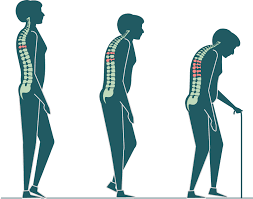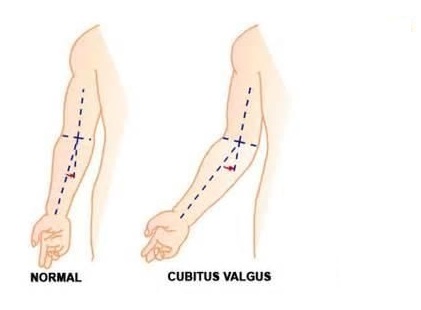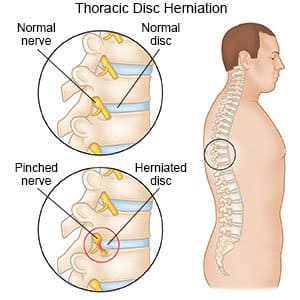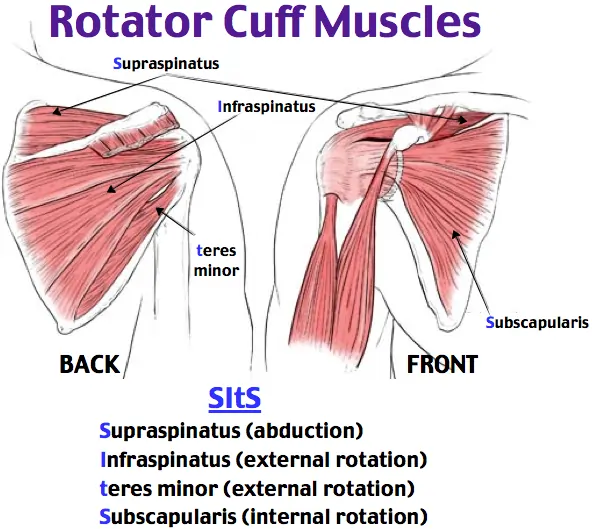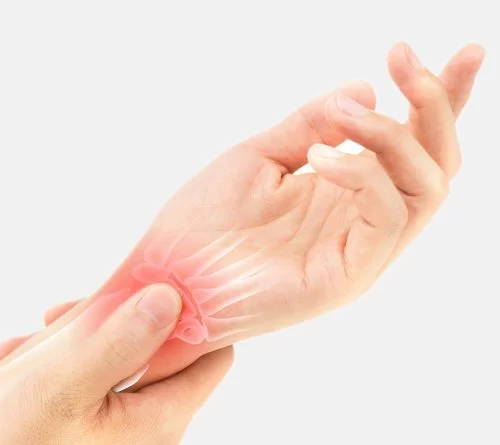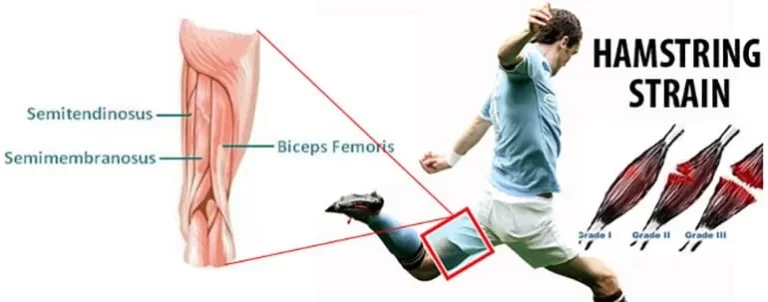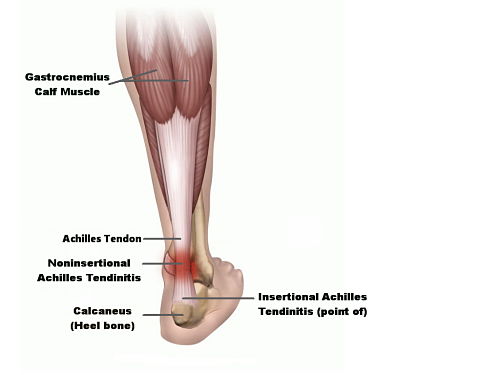Osteoporosis: Physiotherapy Treatment:
Introduction: Osteoporosis is defined as low bone mineral density caused by altered bone micro-structure ultimately predisposing patients to low-impact, fragility fractures. Normal bone is composed of protein, collagen, and calcium, all of which give bone its strength. Bones that are affected by osteoporosis can break (fracture) with relatively minor injuries that normally would not cause…

